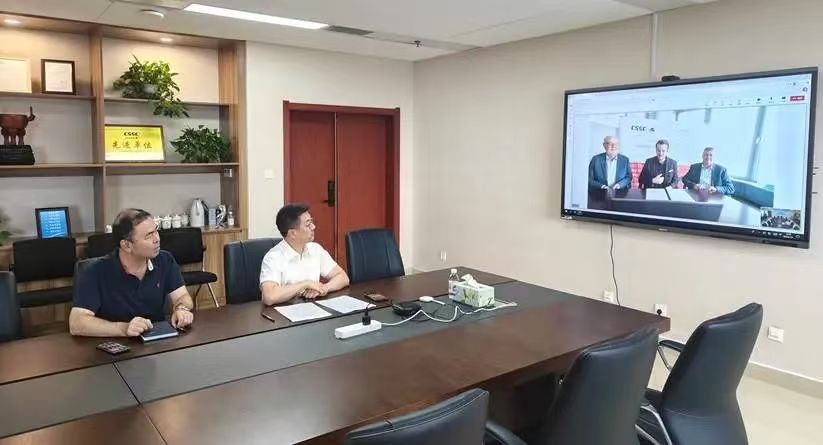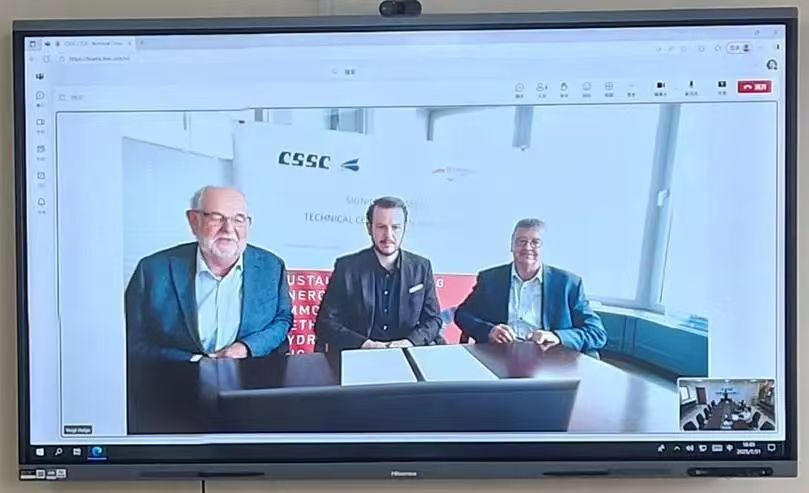On July 31, 2025, China Ship Design & Research Center (CSDC) and TECHNOLOG Services GmbH of Germany signed a strategic cooperation agreement to jointly address the evolving needs of shipowners across diverse vessel types.

As a core R&D institution within China’s shipbuilding industry, CSDC has long been committed to innovation in ship design and green technologies. With national-level technical reserves in large commercial and specialized vessels, CSDC plays a key role in major national research initiatives.

Founded in 1979 and headquartered in Hamburg, TECHNOLOG is a globally recognized maritime design and consulting firm. Since 2007, it has built a team of design experts and global supervision professionals, with joint ventures established in China. TECHNOLOG specializes in integrated applications of methanol, ammonia, hydrogen, LNG, and battery propulsion systems, hull form optimization, wind-assisted propulsion, waste heat recovery, and full-cycle technical support—from concept design to construction supervision.
Under the newly signed agreement, the partnership will focus on four key areas:
--Collaborative R&D
--Complementary design capabilities
--Joint market expansion
--Incubation of innovative products
By combining CSDC’s local R&D strength with TECHNOLOG’s international expertise, the two companies aim to advance cutting-edge technologies in shipbuilding and offshore engineering. Together, they plan to enter the global high-end vessel market, share customer resources and industry networks, and co-develop new products that meet international standards—especially in emerging fields such as green shipping and intelligent marine structures.
This collaboration marks a significant step in high-end manufacturing synergy between China and Germany. It aligns with the IMO 2050 decarbonization goals, promotes the adoption of green alternative fuels, and supports the development of sustainable shipping under the “dual carbon” strategy.